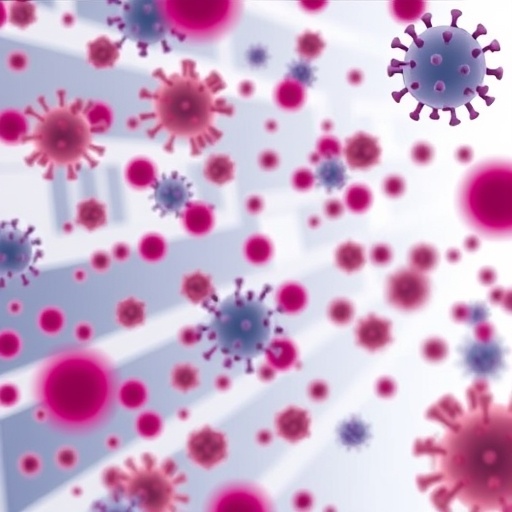
Credit: Fondazione Politecnico di Milano
In January 2014 – ICFO and ICFO spin-off Hemophotonics joined together with seven other European partners from Spain, Italy, Germany and Denmark to start the BabyLux project. The goal of this project, which now draws to a close, was to develop a monitoring tool that would help reduce the risk of brain lesions in extremely preterm babies and eventually decrease the number of children with disabilities by monitoring, with a high level of accuracy, the clinical parameters affecting the cerebral status of preterm babies and eventually providing the necessary information for accurate treatments.
According to the last Global Action Report published by The World Health Organization, there are more than 13 million preterm births every year and the number continues to rise. Extremely preterm infants (born at less than 28 weeks of gestation) represent 0.5% of all births which, when translated into numbers, is equivalent to more than 25,000 cases per year in Europe. These children have an approximately 20% higher risk of dying. One in four grows up with some kind of disability, mainly due to brain injury, caused by the lack of oxygen supply. Asystem allowing continuous and non-invasive monitoring of perfusion and oxygenation in order to reduce this risk is still lacking on the market. The technologies integrated in the Babylux device aim to provide this important information to help clinicians who care for these fragile patients to reduce the incidence of brain injuries.
ACCOMPLISHMENTS: The first results of European project BabyLux in Milan and Copenhagen are encouraging. As a part of the BabyLux protocol, 60 measurements have been performed with the developed neonatal optical monitor in 35 babies enrolled in the first days of life in two centers (Rigshospitalet, Copenhagen, Denmark; Fondazione IRCCS Ca' Granda, – Ospedale Maggiore Policlinico, Milan, Italy). Measurements are taken non-invasively by applying the Babylux device's light emitting and gathering optodes on the infant's craniums and shining light through it.
The first tests of the clinical study focused on evaluating the test/re-test variability as a benchmark of the device's precision in measuring levels of oxygen in blood as well as cerebral blood flow at a microvascular level through a technique that combines near-infrared time-resolved spectroscopy (TRS) and diffuse correlation spectroscopy (DCS). They revealed that moving the optode from one site on the head to another resulted in:
a) less than 5% variability in microvascular blood oxygenation. This low level of variability is an improvement on existing commercial devices currently used in the neonatology units. b) 15-25% variability in microvascular cerebral blood flow index, a value that is comparable to transcranial Doppler ultrasound measures of macrovasculature, Xenon clearance and other modalities.
The BabyLux device has shown to be safe in terms of acute adverse reactions. It can be brought to the bedside and measurements can be done in a few minutes and continuously, both under critical and non-critical conditions.
The clinical protocol that allowed the testing of the device in both hospitals was authorized by the Danish Medical Agency and by the Italian Ministry of Health. Researchers aim to measure more babies in the coming months in order to consolidate the clinical research as well as design and implement new studies and clinical trials to foster the use of the device in clinical care.
###
PARTICIPANTS:
- * Politecnico di Milano
* Fondazione Politecnico di Milano
* ICFO-Institute of Photonic Sciences **
* Fraunhofer Institute for Production Technology IPT
* Hemophotonics SL ***
* PicoQuant GmbH
* the strategy consultancy Loop Unique Companies
* Capital Region
* Fondazione IRCCS Ca' Granda Ospedale Maggiore Policlinico
** ICFO Medical Optics research group led by ICREA Professor at ICFO Turgut Durduran are experts in diffuse optical monitoring, in particular DCS, and have contributed to new hardware and software developments integrated in the BabyLux system
*** ICFO spin-off company HEMOPHOTONICS, dedicated to commercializing portable, non-invasive and real-time blood flow monitoring devices based on photonics, is taking the lead for exploitation of the new optical monitor for neonatal research built through the BabyLux project.
FUNDING: The project, partially funded by the European Commission under the ICT Policy Support Programme (ICT PSP) as part of the Competitiveness and Innovation Framework Programme, lasted three years and ended in April 2017.
Media Contact
Alina Hirschmann
[email protected]
0034-935-542-246
http://www.icfo.es
############
Story Source: Materials provided by Scienmag




